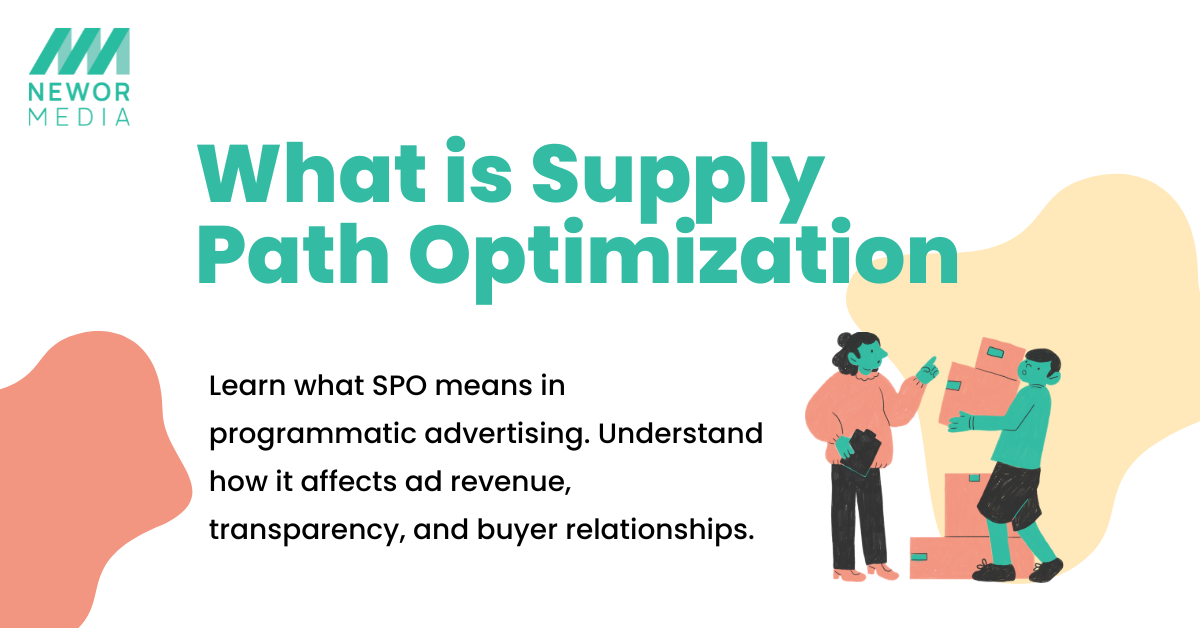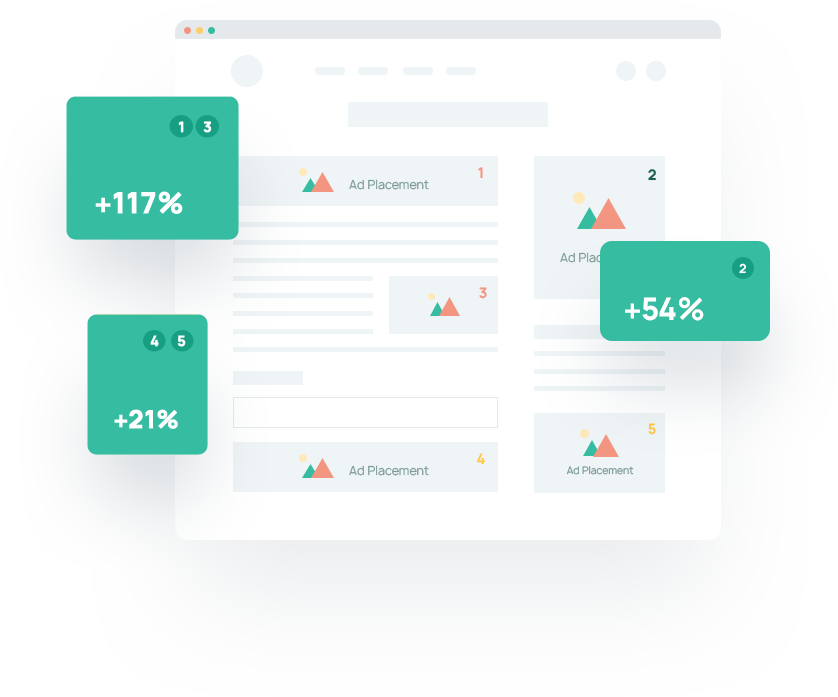Publishers and advertisers alike are constantly searching for methods to boost performance, enhance transparency, and provide better outcomes in the quick-paced world of programmatic advertising. Supply Path Optimization, or SPO, is one word that has grown in importance in this endeavor.
Publishers cannot afford to ignore SPO, even though it may seem like just another piece of complex ad tech jargon. It affects the effectiveness of your auctions, the money from your ads, and the general well-being of your monetization plan.
This blog post will explain SPO, its purpose, and how publishers may increase their profits and safeguard their inventory by being aware of it.
What is SPO?
Supply Path Optimization, or SPO, is a method that advertisers employ to make the process of buying digital ad inventory more efficient. To put it simply, it entails evaluating each of the various “paths” that can be taken to access a particular publisher’s inventory and selecting the most straightforward, affordable, and direct one.
Let’s employ a straightforward metaphor. Consider purchasing fresh veggies. A supermarket that sources from several vendors, a local market, or the farmer themselves are your options. Time and expense increase with each step. In essence, advertisers want to purchase straight from the “farmer,” where the produce is at its freshest and the prices are the most reasonable. They accomplish that through SPO.
This procedure reduces the number of middlemen, eliminates needless costs, and increases transparency on the true use of advertising funds. Advertisers benefit, but what about publishers?
SPO Meaning in Business: Why It Matters
So, what does SPO mean in a business context, especially for those involved in digital advertising?
For advertising, the purpose of SPO in business is quite simple: it’s about cutting waste and increasing efficiency. They acquire greater results for every dollar invested by choosing the supply partners who perform the best.
However, even if the implications aren’t often clear, they are equally significant for publishers. SPO has a direct impact on which publishers receive bids and the value of those offers, making it more than merely an advertising tool.
Publishers may be evaded if they use ineffective, indirect, or redundant routes to service their inventory. The method that advertisers are using to contact you may be lowering your CPMs without you even noticing it, even if your content may still be up for bid.
What Does SPO Mean for Publishers?
If you’ve ever wondered what does SPO mean for the average publisher, here it is in a nutshell: it means that how your inventory is represented in the programmatic ecosystem matters more than ever.
When advertisers optimize their supply paths, they often reduce the number of exchanges and resellers they work with. They favor supply sources that offer high transparency, low fees, and direct relationships with publishers. If your inventory is buried under multiple layers of resellers, your chances of winning premium ad placements could drop significantly.
This means publishers should:
- Be strategic about the SSPs and partners they work with.
- Prioritize direct and reputable demand sources.
- Understand how their inventory is being presented across the supply chain.
Why Should Publishers Care About SPO?
At first glance, SPO might seem like it benefits only the buy side. But publishers have just as much to gain—or lose depending on how they adapt.
When advertisers cut out inefficient or inflated supply paths, they tend to focus their spending on quality, well-optimized inventory. Publishers who work with the right partners and reduce unnecessary intermediaries often see better competition for their ad slots—and higher CPMs as a result.
-
Increased Transparency
One of the biggest complaints from publishers is not knowing where their revenue is coming from, how much is being taken in fees, or who is accessing their inventory. SPO pushes the ecosystem toward greater transparency. As advertisers demand clarity, publishers gain more insight into how their inventory is being sold and who’s buying it.
-
Reduced Exposure to Fraud
Long, complex supply paths with multiple resellers increase the risk of fraud. By trimming down the supply chain, advertisers can avoid shady players—and that benefits publishers, too. A cleaner supply path can lead to more trust, better brand safety, and fewer chances of your site being penalized for suspicious activity.
-
Stronger Publisher-Advertiser Relationships
SPO tends to reward publishers who offer high-quality inventory and direct access. As advertisers get choosier about who they work with, publishers with clean, direct connections will become more attractive. This opens the door to stronger, long-term relationships with premium buyers.
How Publishers Can Adapt to SPO
It’s a great first step to understand what SPO is and why it matters, but as a publisher, how do you actually take action?
Here are a few doable tactics to make sure SPO is working with you and not against you.
-
Audit Your Demand Partners
If you’re working with multiple SSPs or resellers, take time to evaluate each one. Are they adding unique demand? Are they transparent about fees? Are they helping you connect with quality advertisers, or just duplicating access to your inventory?
Removing low-value partners and focusing on high-quality, direct relationships can make a big difference.
-
Use Ads.txt and Sellers.json
These two tools are now essential for building trust with buyers. Ads.txt lets you declare which companies are authorized to sell your inventory. Sellers.json allows buyers to see how that inventory is being sold.
Keeping both files up to date shows that you’re a legitimate, trustworthy publisher—making you more appealing in optimized supply paths.
-
Work with Transparent Platforms
Not all monetization platforms are created equal. Choose partners that are open about their fees, share performance insights, and prioritize your long-term growth.
Platforms that participate in SPO-friendly practices can help your inventory stand out, even as advertisers become more selective about where they spend.
-
Focus on Quality Over Quantity
It might be tempting to partner with as many SSPs as possible in the hopes of driving more demand. But in an SPO-first world, more isn’t always better. Reducing redundancy and focusing on high-quality demand sources is the smarter play.
SPO Is Here to Stay
SPO is not just a fad. The dynamics between buyers, sellers, and intermediaries are changing as a result of a fundamental change in the way advertisers approach programmatic buying.
This change offers publishers both opportunities and challenges. The good news? You may put yourself in a position to prosper in an ecosystem that is optimized for SPOs with a little information and the appropriate strategy.
You may make more informed judgments about your monetization plan and maintain your competitiveness in a market that is becoming more transparent by knowing what SPO is, what it means in business, and how it impacts your inventory.

